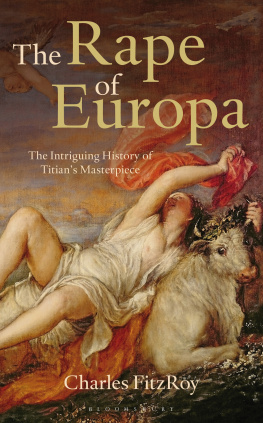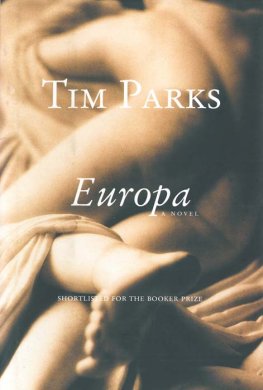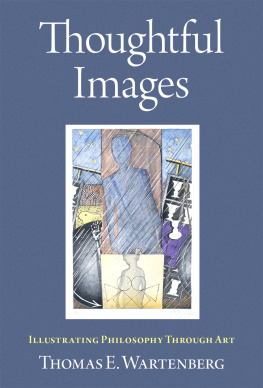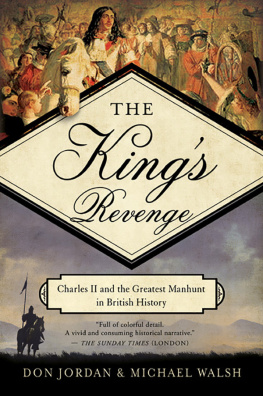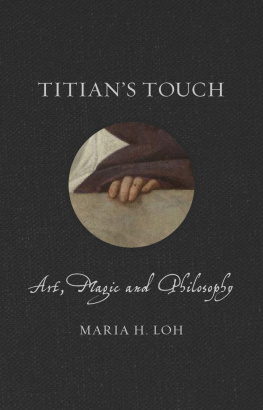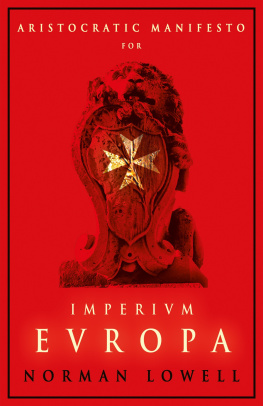The Rape of Europa
The Rape of Europa
The Intriguing History of Titians Masterpiece
Charles FitzRoy
To Rob and Emily
Contents
)
I would particularly like to thank Robin Baird-Smith and everyone at Bloomsbury for all their hard work in the production of this book, and to Jennifer Hassell for her invaluable support since the book was originally commissioned. I am extremely grateful to Lucy Morris for her editorial insight, and to Alastair Laing, Gregory Martin and Professor David Watkin for taking the trouble to read various chapters. A number of senior figures at major museums have kindly helped with my research: Dr Nicholas Penny, former Director of the National Gallery, London, and his colleagues Dr Susanna Avery-Quash, Dr Minna Moore Ede and Alan Crookham, Anne Hawley, Norma Jean Calderwood, Director of the Isabella Stewart Gardner Museum in Boston, and her colleagues Elizabeth Reluga, Lisa Long Feldmann, Courtney Allen and Oliver Tostmann, and Frederich Ilchmann from the Boston Museum of Fine Arts. I should also like to thank a number of other eminent historians and art historians: Sheila Hale, Professor Charles Hope, Baron Thomas of Swynnerton, Sir John Elliott, Professor Jeremy Black, Antonio Mazzotta, Amanda Bradley and Saraid Jones from the National Trust, Gerry McQuillan, Senior Adviser to the Arts Council, Elodie Kong, Mona Ebert and the Earl of Darnley. Charles Hill, Richard Ellis and Ulrich Boser provided me with some fascinating material concerning the burglary at the Isabella Stewart Gardner Museum in 1990. Finally, I would like to thank my wife Diana for her understanding in putting up with what turned out to be a much longer, but considerably more interesting, project than I had originally envisaged.
When you are next in North America, take time to visit Boston, the charming, red brick capital of New England and a thriving intellectual centre, boasting seven universities. One of Bostons most attractive features is a series of parks, laid out by Frederick Law Olmsted in the 1890s. They are known as the Emerald Necklace and encircle the centre of the city. Make a trip out to Fenway Park, a place dear to the heart of all Bostonians as the home of the Boston Red Sox, the legendary baseball team.
Fenway Park is also the setting for one of the most delightful and idiosyncratic museums in North America. Soon after Olmsted had completed his work, Isabella Stewart Gardner, a vivacious and wealthy blue-stocking and one of Bostons leading society hostesses, decided to build a mansion on the edge of the park. It was designed to house her growing art collection formed with the help of the young art historian Bernard Berenson, whom she had met while he was at Harvard University.
Making your way up to the second floor of the museum, you enter the Titian Room and find your gaze immediately drawn to the painting hanging beside the window. Titians Rape of Europa , the last in a series of mythological paintings commissioned by Philip II of Spain, alone merits a visit to Boston and its reputation has spread far beyond the city as one of the finest Old Master paintings in North America. The paintings brilliant colours, the deep blue of the sea and the flaming sunset, completely overshadow the other works in the room. The lustrous flesh tones of the scantily clad princess contrast with her dazzling vermilion drapery silhouetted against the sky. The rocky landscape, viewed through an iridescent light, creates a wonderful illusion of spatial depth and atmosphere. These vibrant colours, so characteristic of all the best works by Titian, play a fundamental part in creating the emotional mood of the painting.
The bull dominates the dynamic composition, surging across the waves, with the hapless figure of Europa lying in a position of abandonment on his back. There is a palpable, erotic charge to the painting, not only in the way that the princess clutches the bulls horn, her arm encircling his neck, but also in the way the flying and swimming cupids gaze at the dishevelled clothing scarcely covering the princess genitalia, while the fiery colours in the sky seem to match the strength of the animals lust. The princess gazes up towards two flying cupids, but her right arm is raised, as if to protect her from their bows and arrows, traditional symbols of love.
The pose of the cupid riding a dolphin appears to mimic the two main protagonists and gives the painting a light-hearted feel; this is accentuated by the almost comical way that the bull looks fearfully at the rather harmless fish swimming beside him. The princess face is half-hidden in shadow so that we cannot read her expression, and her body language, sprawled across the back of the bull, conveys a sense of fearful expectation.
This masterpiece by Titian has enjoyed an extraordinary history. The theme of this book traces this history as the painting has moved in succession from Venice to Spain, France, England and the United States, reflecting the rise and fall of the various nations. The Rape of Europa was originally painted in Titians studio in Venice in the early 1560s. This was a golden moment in Venetian painting, when Titian, the leading artist of the Venetian School, was at the height of his powers and the most sought after artist in all Europe. Venice herself, however, had entered a period of decline as her trading monopoly in the Mediterranean was increasingly affected by wars with the Ottoman Empire and new trade routes to India and the Americas. Her place had been supplanted by Spain, mistress of a vast empire in the Americas and the Pacific, and it was the Spanish King Philip II who commissioned the Rape of Europa from Titian, as part of a series of mythological paintings, based on the Metamorphoses of Ovid. The painting was brought to Spain, where it was to reside in the private apartments of the Habsburg kings in the Alczar in Madrid.
Although the seventeenth century was a golden age for Spanish art, dominated by major writers and artists such as Cervantes and Velzquez, the country had now entered a prolonged political and economic decline. After Charles II, the last Habsburg king, died in 1700, the great European powers fought to take possession of the Spanish Empire. France took the lions share of the spoils, with Louis XIVs grandson succeeding to the Spanish throne as Philip V, and it was to Paris that the Rape of Europa moved at the beginning of the eighteenth century where it hung in the Palais-Royal, the residence of the Sun Kings nephew Philippe, Duke of Orlans. For the remainder of the century it remained in the palace, where it formed part of the most celebrated art collection in France. During the French Revolution Philippes great-grandson Louis Philippe Joseph very nearly succeeded in replacing his cousin Louis XVI as King of France, and it was his failure and subsequent bankruptcy that led to the Rape of Europa being brought to London, capital of the burgeoning British Empire.
Throughout the nineteenth century the painting hung in Attingham Park and Cobham Hall in England while Britain was at the zenith of her power, enjoying the enormous wealth acquired during the Industrial Revolution. By the end of the century, however, this supremacy was being challenged by America. Isabella Stewart Gardner, like a number of her newly enriched compatriots, began to collect art at the moment when the United States was beginning to overtake Britain as the worlds leading economic power. The Rape of Europa was sold by Lord Darnley and crossed the Atlantic to enter her collection in Boston. It has resided in the museum she created ever since.

